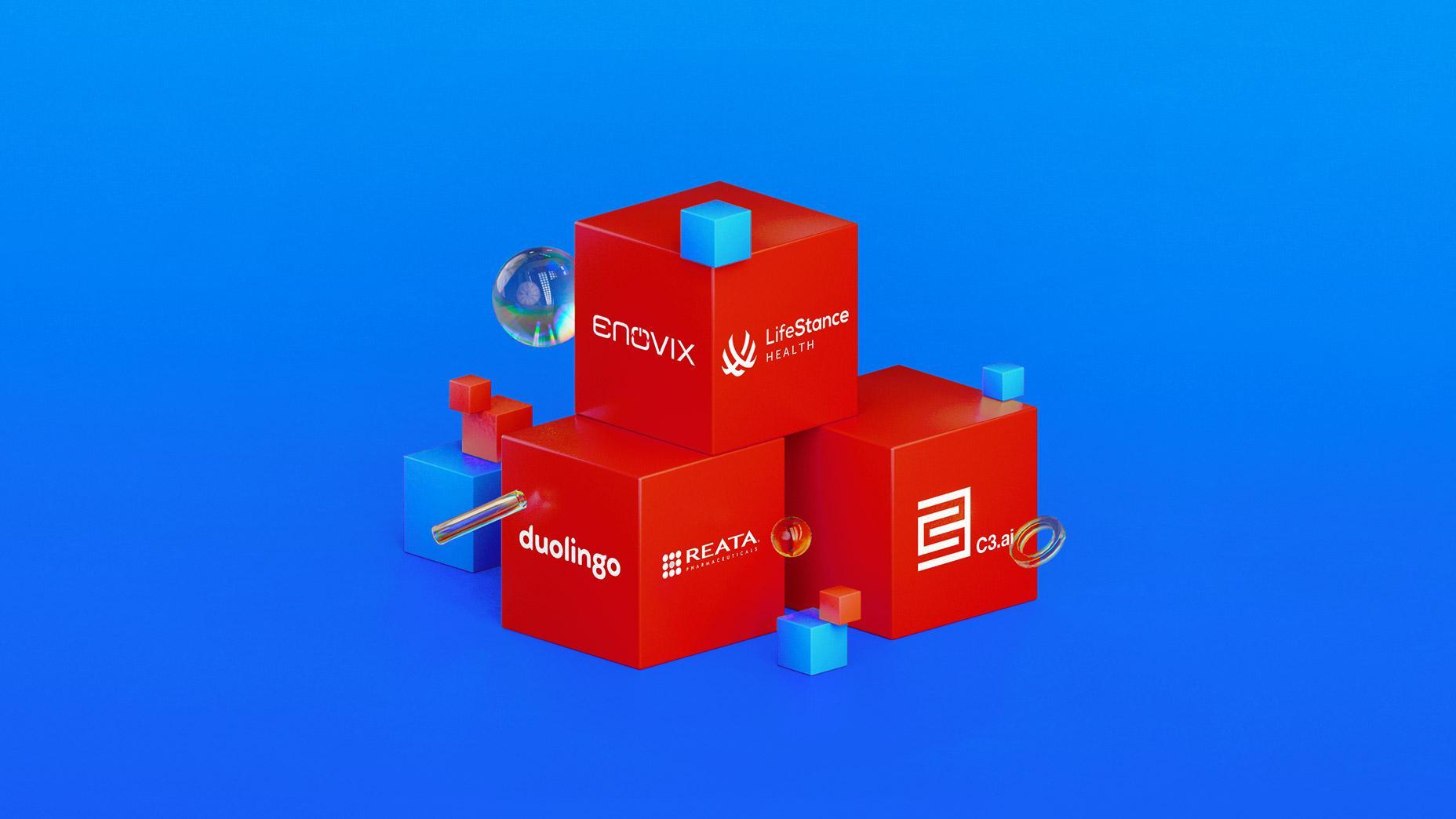Exploring the Unique Aspects of Pre-Market and After-hours Stock Market Trading
5 minutes for reading

If you are asking yourself why yesterday's trading session closed at one price, and before the next session opened, the price had changed — you were right to open this article. Before a trading session opens, there's a period called Pre-market, and after the session closes, we have After-hours, a.k.a. After-market.
Trading in Pre-market and After-hours gained popularity in 1991 when it became possible to use digital systems for trading in the stock market. Before that time, only large funds and corporations had access to a closed session.
Let's go into more details about what Pre-market and After-hours are, and whether it's worth trying to make money during these periods.
Stages of a trading day in the exchange
To get started, let's find out the different stages of a trading day. Normally, it's split into three stages:
- Pre-market trading is the time before a trading session opens.
- The trading session is the period when the main trades take place.
- After-hours trading comes after the main session closes.
The exact length of each trading stage is set by the exchanges themselves — the details are available on their official websites. Let's have a look at the trading hours of the NYSE as an example:
- Pre-market: 04:00-09:30 Eastern Daylight Time, UTC -4.
- Trading session: 09:30-16:00.
- After-hours: 16:00-23:00.
Note that broker companies can give access to the Pre-market and After-hours, and set their length at their discretion.
Peculiarities of Pre-market and After-hours
Now, let's have a look at the peculiarities of these unusual parts of the trading day, their advantages and drawbacks. Let's start with the Pre-market scenario:
Pre-market is a morning trading period when preliminary (limit) orders are placed in the market depth (Level2). Counter-trade orders at one price are executed immediately, while all other orders get transferred to the trading session.
The aim of Pre-market trading is to unload the opening of trades and give a chance to set the opening price of the instrument (the first price of buying and selling). The price is formed by way of an algorithm, which cannot be influenced by market players.
After-hours trading is evening trading that takes place after the main session closes. The aim is to set an optimal closing price for all the instruments traded in this exchange. When after-hours closes, all non-executed orders are deleted.
Advantages of Pre-market and After-hours trading
- After-hours trading creates several opportunities, as follows: Opening a trade at a better price: the trader can place a limit order at the price they need.
- Opening a trade by forecasting price movement after some news or reports are published. Following the opening of the trades, the price might leap up high.
In theory, major players can move the price in the direction the trader needs it to go (though it cannot be predicted). - Closing the position that a trader failed to close during the trading session.
Disadvantages of Pre-market and After-hours trading
- Major players can move the price in the opposite direction to that needed by traders, entering the market with a large lot.
- Low liquidity due to the small number of market players.
- The prices and volumes of other traders' orders are not visible.
- Increased volatility, which might reach over 30% of the initial price of the asset.
- Increased spreads that might reach over several thousand points.
- Order execution lags: an order gets executed only if there's a matching one in the opposite direction.
- A gap is formed at the start of the trading session.
It's clear here that there are more drawbacks and risks with Pre-market and After-hours trading than advantages. This is true. Refer to the explanations below.
Examples of trading in Pre-market and After-hours
To trade before or after the trading session opens or closes, traders refer to news and company reports open to the public, as well as insider information.
An example of Pre-market trading
123 company at 08:30 a.m. New York Times published a quarterly report that indicates a rise in the net profit by 123%, and that the dividend payout amounts will be increased several times.
We can therefore expect 123 shares to grow in price after the trading session opens. A trader who has this information can buy the shares during the Pre-market time, and make a profit almost immediately in case of a gap.
An example of trading in After-hours
Market players with insider information believe that the morning report of 123 will be positive and that after this is published the company shares will grow significantly. After the session closes the trader might place an order to buy several lots at a lower price, and if the quotations do grow, they will make a profit as soon as trading opens.
The reverse side of the medal is as follows: if the information does not prove accurate, and the 123 shares fall, the trader might lose part of the capital.
Trading strategies used in Pre-market and After-hours trading can be called risky. Therefore, I advise beginners against using them.
Also, the very fact of having some insider information does not always help in trading. Always mind the fact that the search for insider information might turn out to be an illegal exercise.
Closing thoughts
Trading before and after the main trading session is risky for individual traders. An order placed deliberately or by mistake might be executed at a bad price, which will lead to losses. Try to stay away from trading out of the main session.
I would add that Pre-market and After-hours trading suits major players who hide their orders from other traders and make them visible only after their execution (dark liquidity). This increases the risk of the price going in an unprofitable direction.
Kategori
Catatan Terkini
Discover How Warren Buffett Adjusted His Investment Holdings in the Second Quarter: New Additions and Complete Sell-Offs
The Public Offering of Justworks, Inc.: A Deep Dive into its Innovative Cloud-Based Accounting Management Platform and its Investment Appeal on 12 Jan...
Delve into the Forces Shaping the Gaming Industry: Insights on Engine Gaming, SciPlay, Sea, Roblox, and Electronic Arts.
Peloton Unveils Business Overhaul with Leadership Change and Cost-Cutting Strategy: Targeting Growth or Setting the Stage for Acquisition?
Weekly News Roundup: Salesforce, Okta, Chewy, and Crowdstrike Release Quarterly Results; Microsoft Reduces Quarterly Forecast - How Did Their Stocks R...






